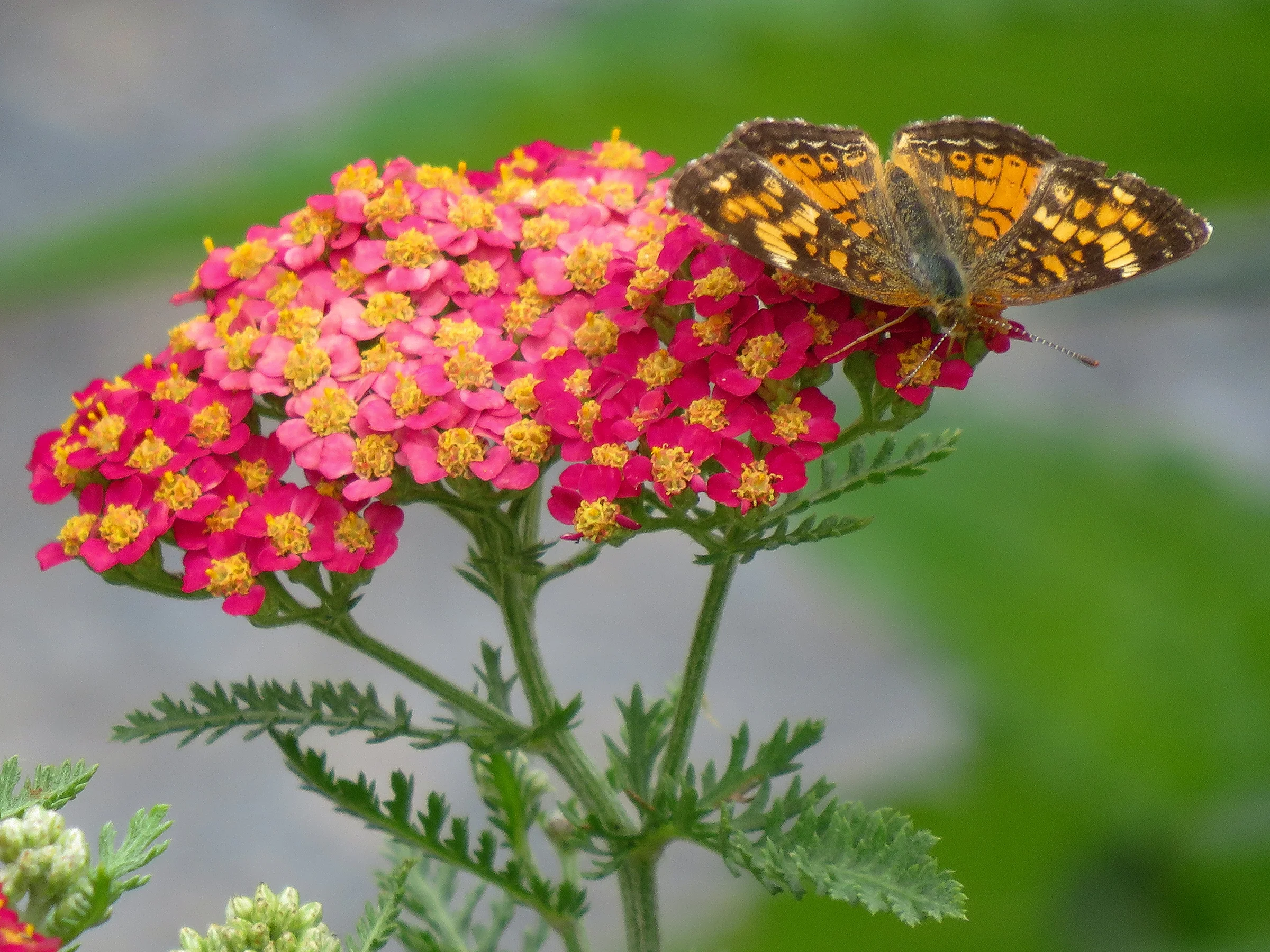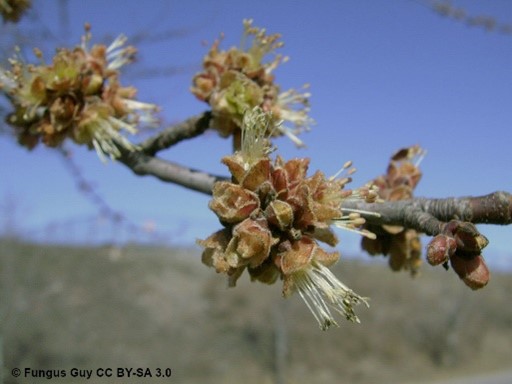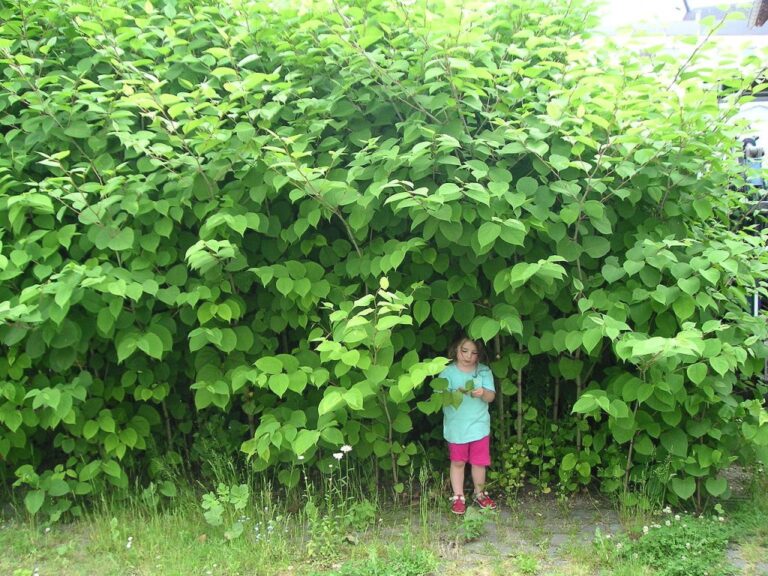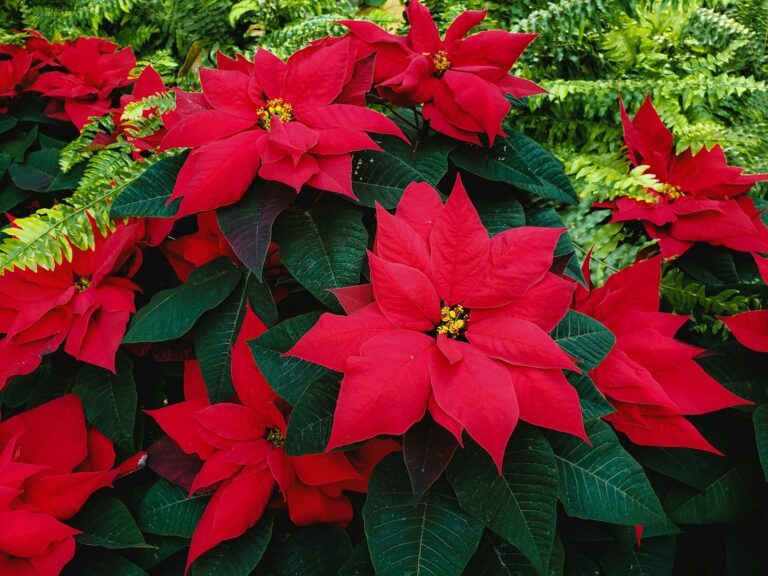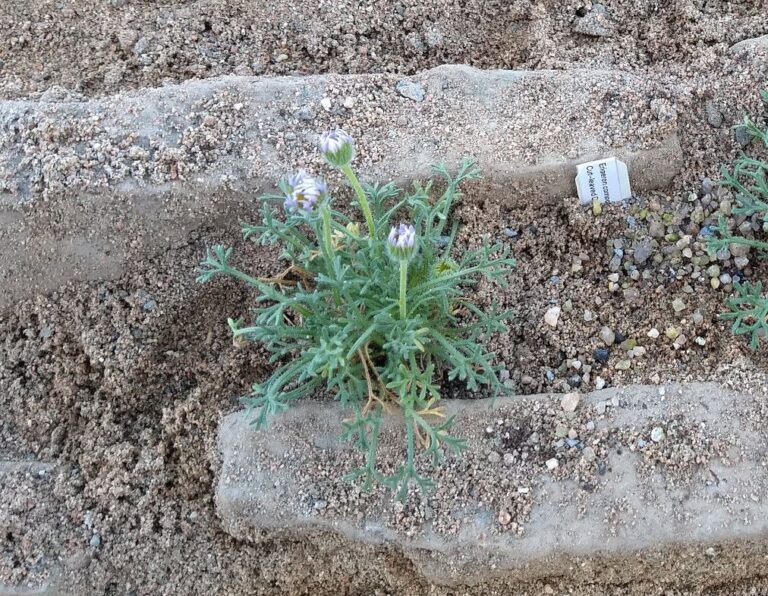From newsletter 2022
For most people, the word “flower” conjures up a mental image of a tulip, or a daisy, or a rhododendron, or a magnolia – something big, showy, and colourful. That’s my first mental picture, too – so I always have to think twice, because not all flowers are like that. Many plants have small, inconspicuous flowers – grasses, for example, or notoriously, ragweed. Among these are some of our earliest blooming spring flowers – and we can see them, if we remember to look up, and closely.

Flowering trees, you see, aren’t just magnolias and cherries. All our broadleaf trees flower – it’s just that on most of them, the flowers are small, and it takes a close look to recognize the structures we’re familiar with from other flowers. Pussywillows, for instance, are the flowers of the willow Salix discolor; the first to appear are the male flowers, and after a while, yellow stamens protrude from the soft silvery fuzz, dopping pollen and giving away the game. But pussywillows are far from alone. Look closely at a birch or oak catkins and you’ll see it’s a string of tiny flowers; and on maples or ashes, the first buds to burst produce not leaves but clusters of greenish to purplish flowers just a few millimetre across. Once you get used to recognizing these as flowers, you’ll realize there are millions of them in each acre of woods and on every city block.
A rule of thumb biologists often use is that big, colourful flowers are showy because they need to attract their pollinators, while inconspicuous, greenish or brownish flowers indicate wind pollination. It’s a pretty good rule, but like most rules of thumbs in our complex world, it misses some interesting angles. Some of our trees, like pussywillows, lean primarily on bees and flies to move their pollen. Most of the others are indeed wind pollinated, at least in part. That means they need to produce very large quantities of pollen (to the discomfort of allergy sufferers). But with all that pollen available, early in the spring when not much else is flowering, bees and flies come to the offered buffet. Tree pollen can be a critical resource that sustains bees early in the season. That’s true both for honeybees (which aren’t native to North America, but are a valuable form of agriculture) and – more importantly – for our wild bees. Many of the insects we see, later in the season, working industriously to pollinate crops, gardens, and wild plants couldn’t be there without the nutritional boost from the early-spring blooms of maples and birches and more.
But it’s not all just about the bees. As you’re probably expect, when insects collect pollen, they also tend to transfer it from flower to flower. For some tree species and at some times, insect pollination can be a significant supplement to wind – and the trees produce nectar to sweeten the deal for the insects. Red maple (Acer rubrum) flowers, for example, produce enough nectar to be noticeably sticky, and insect visitation plays a major role in their pollination. So are maples wind-pollinated or insect-pollinated? The answer is ‘yes’; their biology resists being pigeonholed into either box. Our natural world is complicated, which is one reason it’s so much fun to observe.
So very soon, when spring comes to our area and buds begin to break, don’t just look for crocuses and snowdrops. Look up, at our trees, and see some of the season’s first flowers. Look closely, and see the stamens and pistils that produce and receive pollen. Look carefully, and see insects breaking their long winter fasts. Sure, crocuses are a welcome dash of colour as the snow recedes; but for me, a blooming maple is the real sign of spring.
